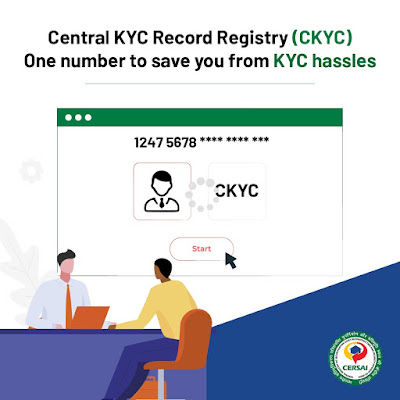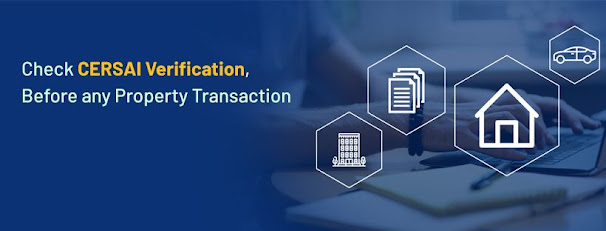A Quick Overview of CERSAI – Securitization Financial Services in India
Central Registry of Securitisation Asset Reconstruction and Security Interest of India or CERSAI was formed to control dubious activities related to lending & credit transactions against equitable mortgages.
- About CERSAI
- CERSAI registration.
- CERSAI accessibility.
- Focus points of CERSAI.
About CERSAI-
Acronym CERSAI is expanded as Central Registry of Securitisation Asset Reconstruction and Security Interest of India. CERSAI is formed as a company under section 8 of the Companies Act, 2013 by the Government of India.
CERSAI was created to screen and analyse fraudulent transactions & activities during equitable mortgage transactions. In simple terms, CERSAI was formed to avoid and prevent the activity of enjoying several loans from different banks using the same asset or property.
Primary shareholders of the CERSAI are the Central Government of India, National Housing Bank and public sector banks. However, the Central Government of India holds about 51% share in this company.
Before forming Central Registry of Securitisation Asset Reconstruction and Security Interest of India (CERSAI), the property’s encumbrance details were available only with the borrower and the lender. This was due to the disjointed system of registration practised during that time.
This led to an individual borrowing different loans from various banks with the same asset or property. These loans were borrowed using counterfeit title deeds or through other dubious means of replicating the original deed. This resulted in genuine buyers being cheated as unpaid loans prevailed over the properties sold to them. It ultimately resulted in trouble for potential buyers as there wasn’t enough information about the property/asset’s prevailing liability.
CERSAI Registration.

CERSAI registration is made mandatory for all banks & financial institutions for property-based loans. When registered in CERSAI, an individual or institution cannot mortgage a property unless the previous loan is paid off. This safeguards the interest of potential buyers & financial institutions/banks.
- Initiate the registration with CERSAI on the official website of CERSAI https://www.cersai.org.in/CERSAI/home.prg
- Fill in the registration e-form available in “Entity Registration” drop-down menu in the official web page.
- Make sure you are ready with your Digital Signature Certificate (DSC) to access the CERSAI portal.
- After filling up the e-form, take a print out & get it signed by the authorised signatory.
- The printed forms and requisite documents stated in the forms are to be posted to the official address.
CERSAI accessibility.
Banks, financial institutions or an individual can use the registration platform of CERSAI for a prescribed fee. Getting registered in CERSAI facilitates the lenders to access the information about an asset or property to validate whether any prior security interest has been sanctioned by other lenders ( banks/financial institutions etc.) previously. Generally, this process is followed before the sanction of a loan to a borrower.
This is highly beneficial for the property buyers as CERSAI helps them access all relevant details from the registry to check whether the property they intend to buy is free of any liability created by any other lender.
Focus points of CERSAI
- To alleviate & avoid fraudulent and dubious transactions, Central Registry of Securitisation Asset Reconstruction and Security Interest of India (CERSAI) was formed with the main objective of recording & maintaining a centralised registry of equitable mortgages.
- It insists financial institutions and banks record every transaction related to asset securitisation and reconstruction.
- The scope of CERSAI was extended in 2012 to include registration of all security interests that were framed on assets not classified as a tangible asset and to every mortgage loan prevalent in India.
CERSAI registration includes all the pertinent details on loans or mortgages that have been availed on a property or asset. Besides this registration also includes all important details about the lender who sanctioned the loan on the asset or property and the details about the loan borrower.
According to the Central Government’s guidelines issued about loan sanctioned by banks and financial institutions, the loan lenders must register in CERSAI all details related to security interests created on any asset or property. The deadline to create the aforesaid registration in 30 days from the date of a security interest created on the asset/property.
For More :


Comments
Post a Comment